42 phylogenetic diagram used by cladists
the vertical axis ofthe phylogenetic diagram (= phylogram) is absolute time in contrast to cladograms where the vertical axis is used only to clarify hierarchies ofcharacters and taxa (rerf in... Taxon-character matrices derived from abstract phylogenetic diagrams are used to calculate cladograms with PAUP. The calculations are used to find out whether - under certain boundary conditions -...
phylogenetic diagram used by cladists binomial nomenclature the scientist system of naming organisms eukarya domain that contains all organisms that have cells with a nucleus homologous structures that taxonomists use to group organisms such as having the same bones of the forearm in humans and the front leg of a dog latin
Phylogenetic diagram used by cladists
The results of cladistics analyses, tree diagrams called cladograms, are often used as demonstrations of evolution. Though cladistics was developed by and for evolutionists, it still fails to demonstrate evolution, let alone biological reality. A phylogenetic tree may be built using morphological (body shape), biochemical, behavioral, or molecular features of species or other groups. Phylogenetic diagram used by cladists? a negro cladogram phylogenetic diagram used by cladists binomial nomenclature the scientific system of naming organisms Eukarya domain that contains all organisms that have cells with a nucleus homologous structures that taxonmists use to group organisms such as having the same bones of forearm in humans and the front leg of a dog Latin
Phylogenetic diagram used by cladists. Cladistics is now accepted as the best method available for phylogenetic analysis, for it provides an explicit and testable hypothesis of organismal relationships. The basic idea behind cladistics is that members of a group share a common evolutionary history, and are "closely related," more so to members of the same group than to other organisms. Phylogenetic nomenclature is a method of nomenclature for taxa in biology that uses phylogenetic definitions for taxon names as explained below. This contrasts with the traditional approach, in which taxon names are defined by a type, which can be a specimen or a taxon of lower rank, and a description in words. Phylogenetic nomenclature is currently regulated by … Much like a branching tree diagram, cladograms are a way of showing relationships between different organisms. These drawings are used in cladistics, and nowhere resembles an evolutionary tree; they are instead used for tracing out the common hypothetical ancestor that exhibits similar characteristics as the other organisms of the taxonomy. he justified. A phylogenetic diagram, sensu Ax (1984, 1987), however, directly reflects the phylogenetic history of a certain group of organisms. ln such a diagram, stem species and stem lineages may he recognized and certain arguments from the fossil record (i.e. geological ages of characters, see helow) may he used.
"All phylogenetic cladists adopt the basic premise that life has evolved."21 Character selection depends on the purpose of the phylogeny, and often the overarching purpose is the resolution of purported evolutionary relationships. For example, the red panda was originally classified as a raccoon, then reclassified as a bear because it had a ... Evolutionary systematics or simply the classic or traditional method because it is the oldest of the two used. It attempts to show relationships that depict the lineage or history of descent of a particular group. It uses as its basic unit or taxa the species. Each species has a name consisting of two words. Recently a particular approach to classification (cladism) have used phylogentic to refer to reconstructing only the branching sequence of phylogeny. This approach is called cladistics with phylogenetics retained in its original and broader usage. ADVERTISEMENTS: The character distinction is in between homologous versus analogous. phylogenetic diagram displays. State the criteria used in cladistic analysis. Describe how a cladogram is made- Discuss how proteins and chrornosomes are used to classify organisms. Explain cladistic taxonomy, and identify one conclusion that is in conflict with classical taxonomy. VOCABULARY syste tics phylogenetics phylogenetic diagram cladistics
4. phylogenetic diagram used by cladists. 7. the scientific system of naming organisms. 9. domain that contains all organisms that have cells with a nucleus (eukaryotes) 10. structures that taxonomists use to group organisms such as having the same bones of the forearm in humans and the front leg of a dog. 11. dead language used for scientific ... The cladogram is a tree-shaped diagram. Initially, during the generation of cladograms, physical and morphological characteristics were used. However, at present, cladistics depend mainly on genetic sequences and phylogeny. Therefore, cladograms are also referred to as phylogenetic trees at present. Biologists use cladograms and phylogenetic trees to illustrate relationships among organisms and evolutionary relationships for organisms with a shared common ancestor. Both cladograms and... diagrams throughout the ages could be represented as branching diagrams, from which ... desirable if the results of systematics are to be used in testing such theories. Phylogenetic systematics, in being tied only to the principle of common descent, is not dependent on ... and Hennig and other cladists on the other" (p. 276). He proposes
Such characters are used to construct a cladogram by using a nested hierarchy of clades that is presented in a branching diagram. 6 - Cladograms and phylogenetic trees are used to show relationships among organisms; however, they are also very different.
The B B1 vertical axis of the phylogenetic diagram (= phylogram) is absolute time B2 in contrast to cladograms where the vertical axis is used only to clarify co C hierarchies of characters and taxa (RErF in press b). 8 taxa (A 1 to D 2) are C1 terminal (= Recent) taxa, A to D are the ancestors of the respective pairs of C2 terminal taxa, and ...
A phylogenetic diagram used by cladists The scientific system of naming organisms Domain that contains all organisms that have cells with a nucl… 9 Terms Prissl7 Crossword Chapter 17 George Custer Poll tax Plessy v. Ferguson led troops to the battle of Little bighorn in 1876 a tax that had to be paid before a person could vote
phylogenetic diagram used by cladists cladogram the scientific system of naming organisms binomial nomenclature domain that contains all organisms that have cells with a nucleus (eukaryotes) Eukarya structures that taxonmists use to group organisms such as having the same bones of forearm in humans and the front leg of a dog homologous
Phylogenetics Questions and Answers. Get help with your Phylogenetics homework. Access the answers to hundreds of Phylogenetics questions that are explained in a way that's easy for you to understand.
The original methods used in cladistic analysis and the school of taxonomy derived from the work of the German entomologist Willi Hennig, who referred to it as phylogenetic systematics (also the title of his 1966 book); the terms "cladistics" and "clade" were popularized by other researchers. Cladistics in the original sense refers to a particular set of methods used in phylogenetic …
Cladogram phylogenetic diagram used by cladists Binomial Nomenclature the scientific system of naming organisms Eukarya domain that contains all organisms that have cells with a nucleus Homologous structures that taxonomists use to group organisms such as having the same bones of the forearm in humans and the front leg of a dog Latin
Phylogenetic Systematics Page 1 Biology 164 Laboratory PHYLOGENETIC SYSTEMATICS Objectives 1. To become familiar with the cladistic approach to reconstruction of phylogenies. 2. To construct a character matrix and phylogeny for a group of very unusual organisms. 3. To interpret the evolutionary history of traits based on a phylogenetic ...
The calculations are used to find out whether - under certain boundary conditions - the cladograms correctly reflect the structure of the phylogenetic diagram or not.
Phylogenetic diagram used by cladists. I made this video (below the fold) to illustrate the steps involved in making a phylogenetic tree. phylogenetic tree is a tree with a unique root node corresponding to the (usually imputed) most recent common ancestor of all the entities at the leaves (aka tips) of the tree. Cladograms Gizmo Answer Key Plants.
Phylogenetic diagrams are used by cladists for the purpose described as below: It is the reading of the family tree of all species found on the Earth to go back in time [from the past to the recent]. Understanding a phylogeny is a lot like reading a family tree.
•Cladistics /Phylogeny- is a relatively new system of classification that uses shared derived traitsto establish evolutionary relationships. •A derived trait is a feature that evolved only within the group under consideration. •A phylogenetic tree based on a cladistic analysis is called a cladogram.
cladogram phylogenetic diagram used by cladists binomial nomenclature the scientific system of naming organisms Eukarya domain that contains all organisms that have cells with a nucleus homologous structures that taxonmists use to group organisms such as having the same bones of forearm in humans and the front leg of a dog Latin
A phylogenetic tree may be built using morphological (body shape), biochemical, behavioral, or molecular features of species or other groups. Phylogenetic diagram used by cladists? a negro
The results of cladistics analyses, tree diagrams called cladograms, are often used as demonstrations of evolution. Though cladistics was developed by and for evolutionists, it still fails to demonstrate evolution, let alone biological reality.

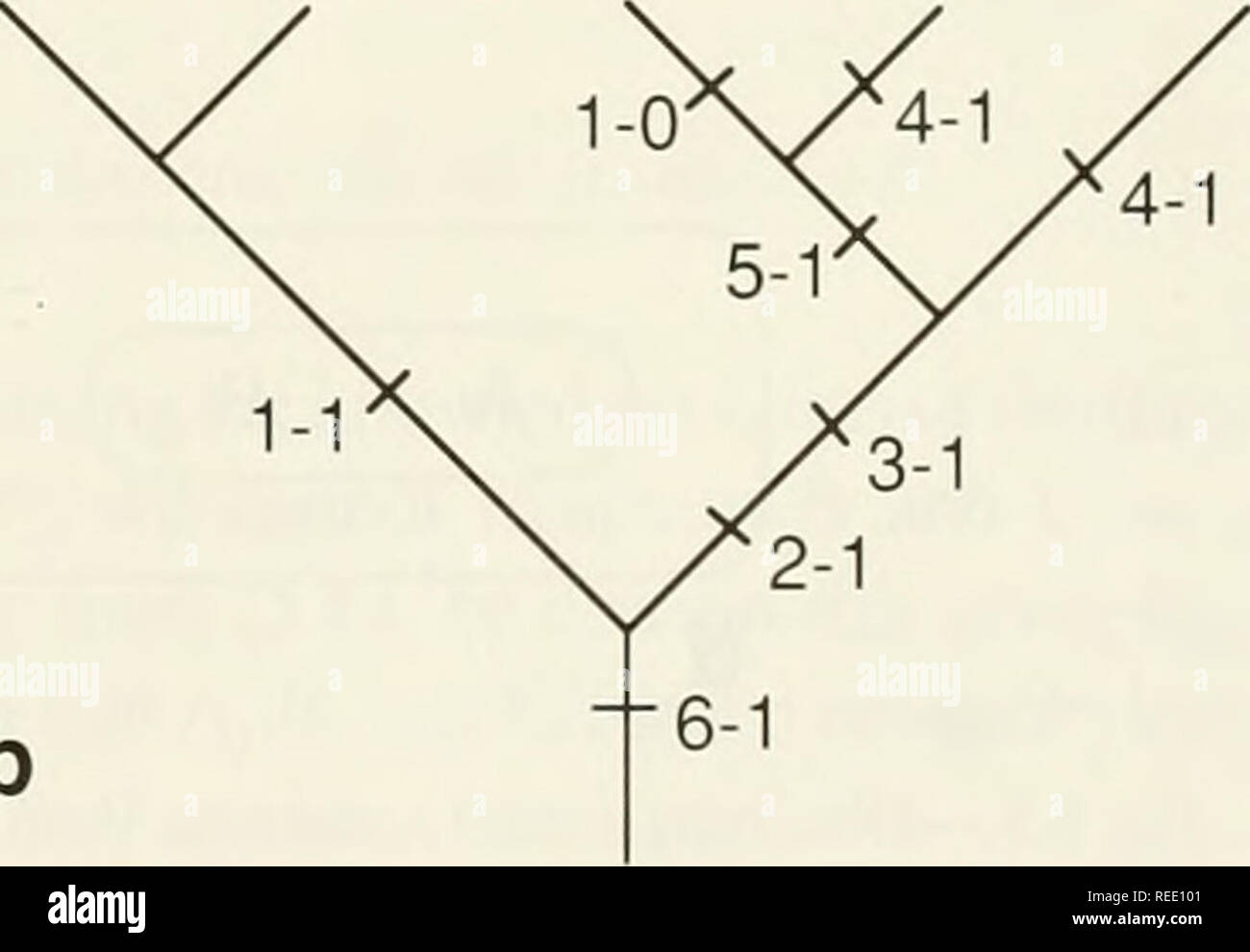
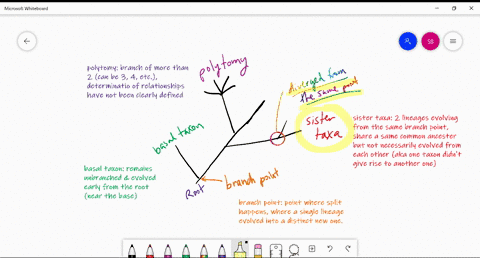




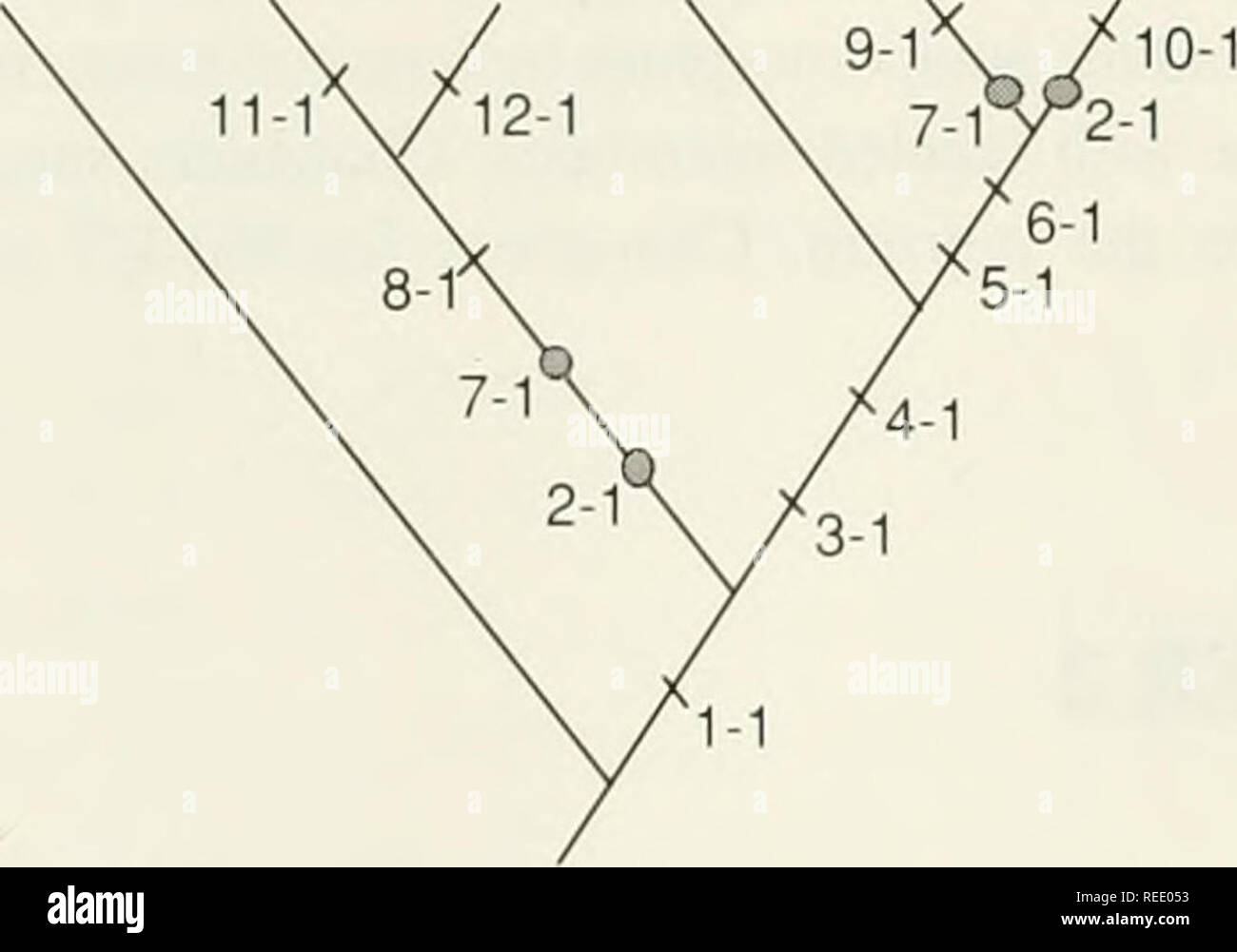
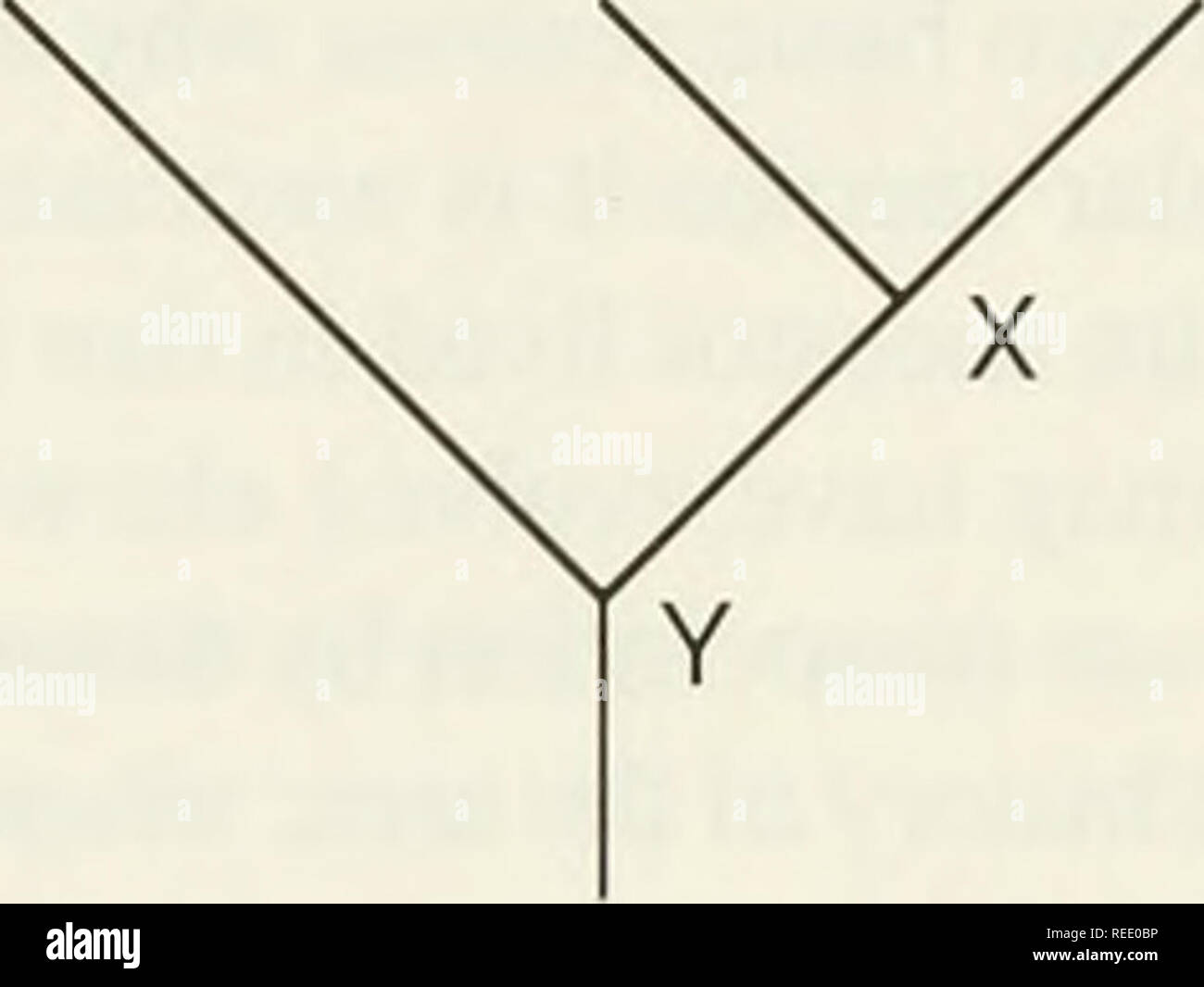





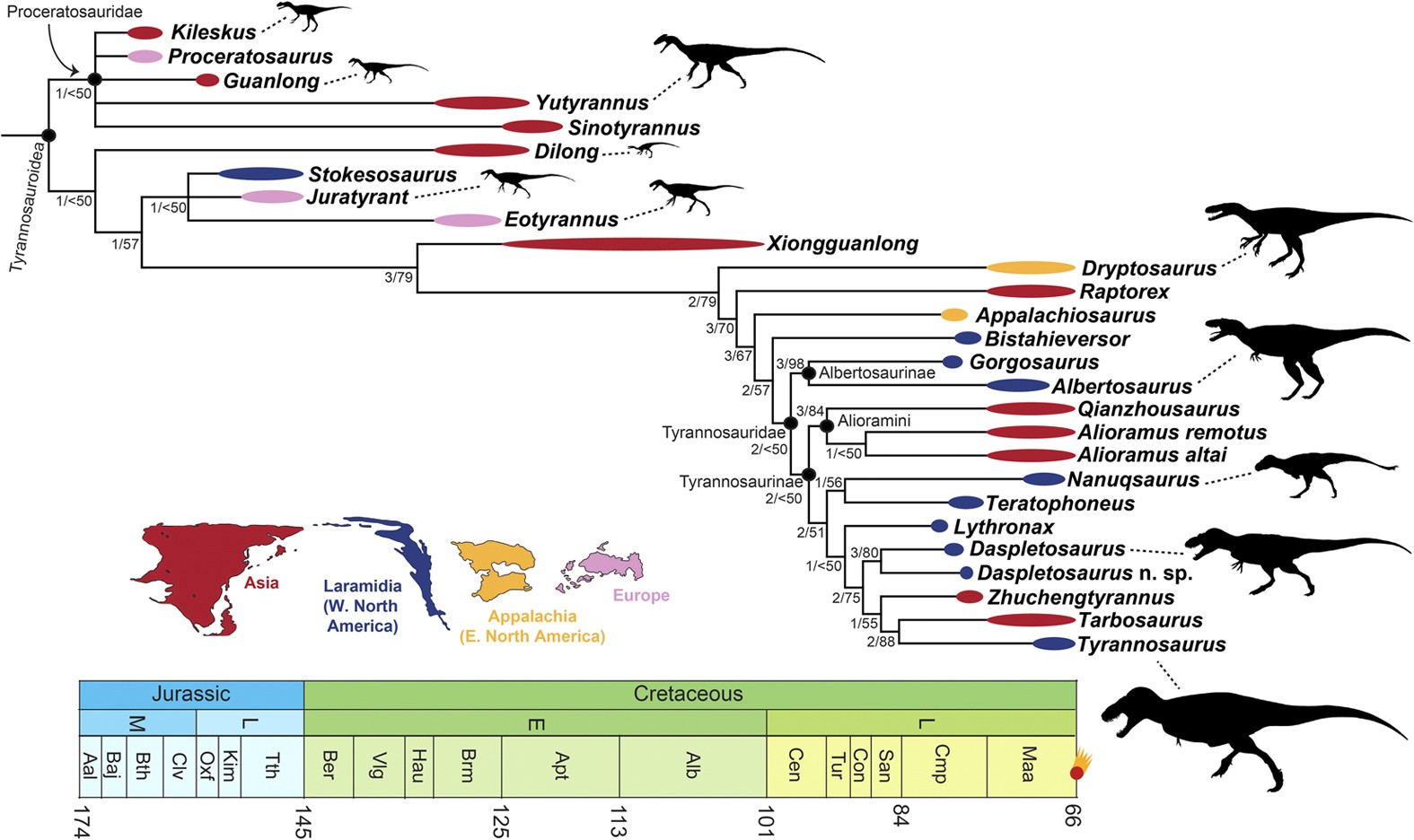


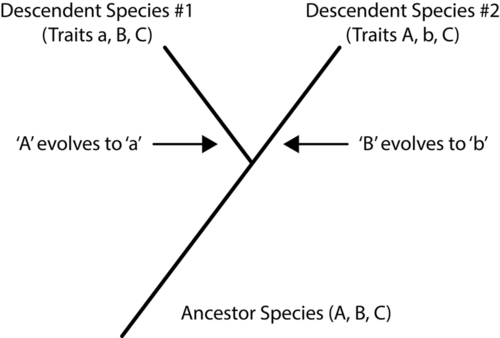


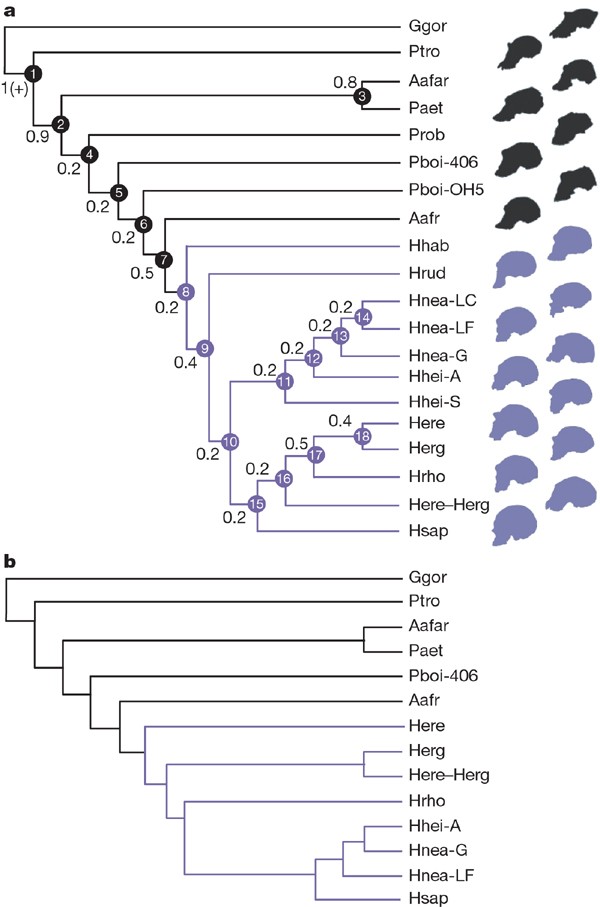



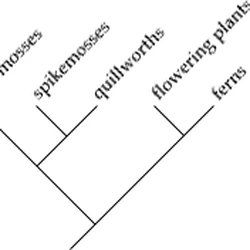
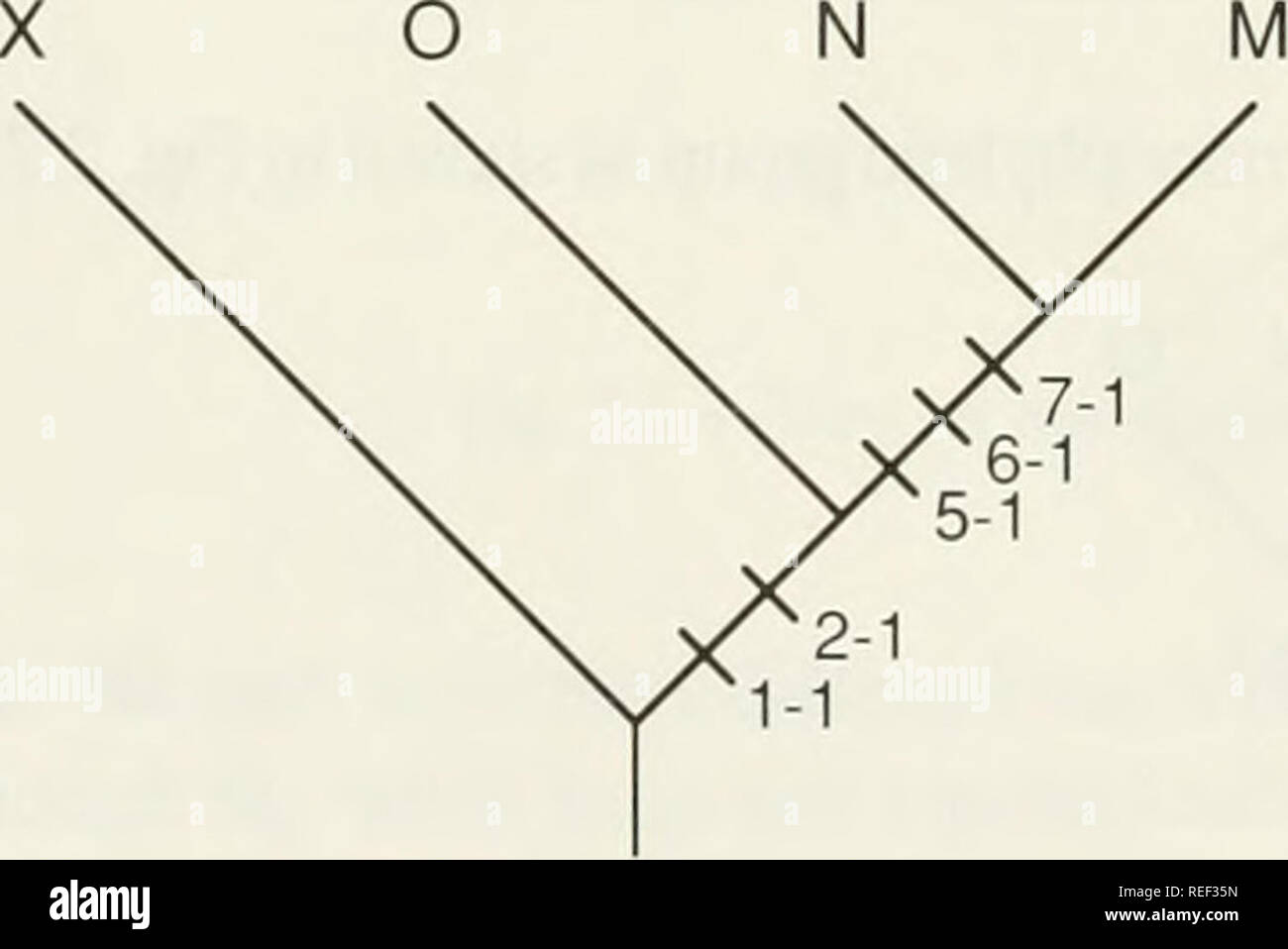
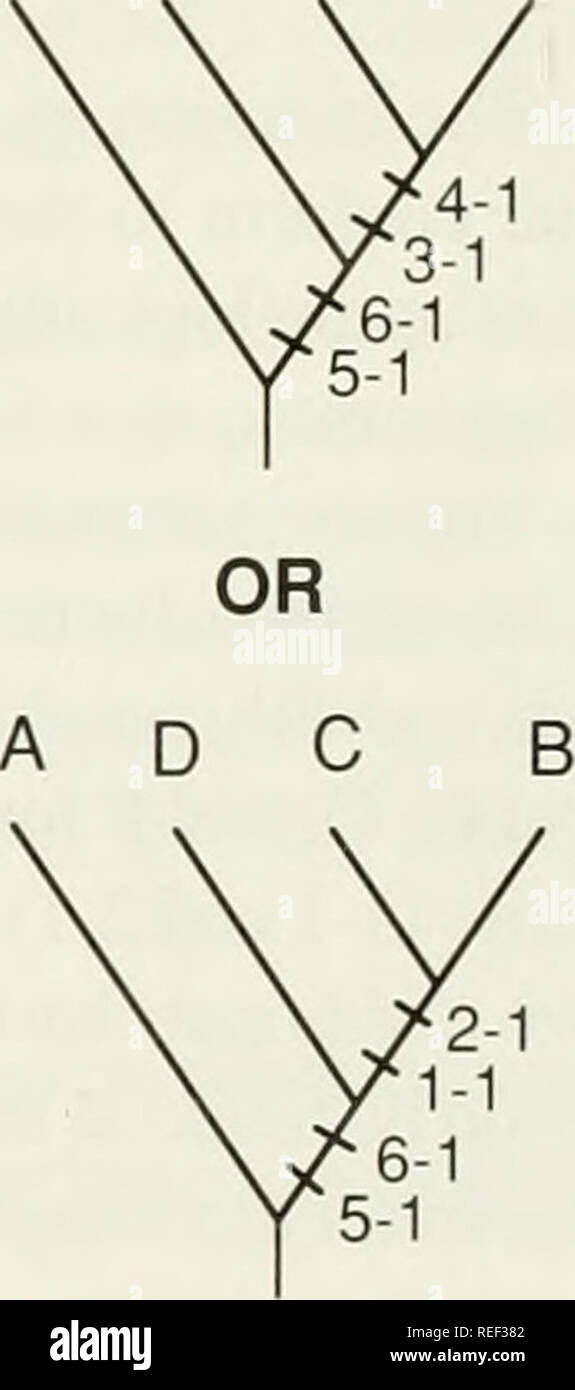

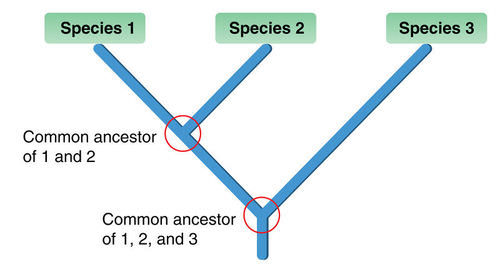
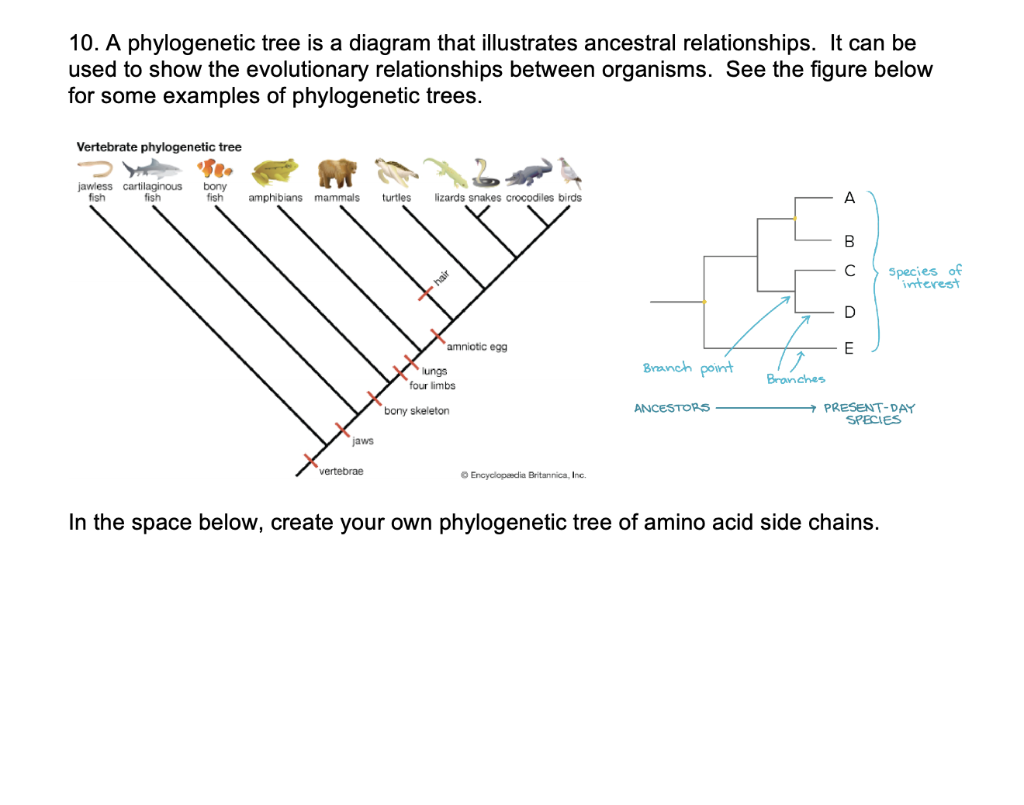


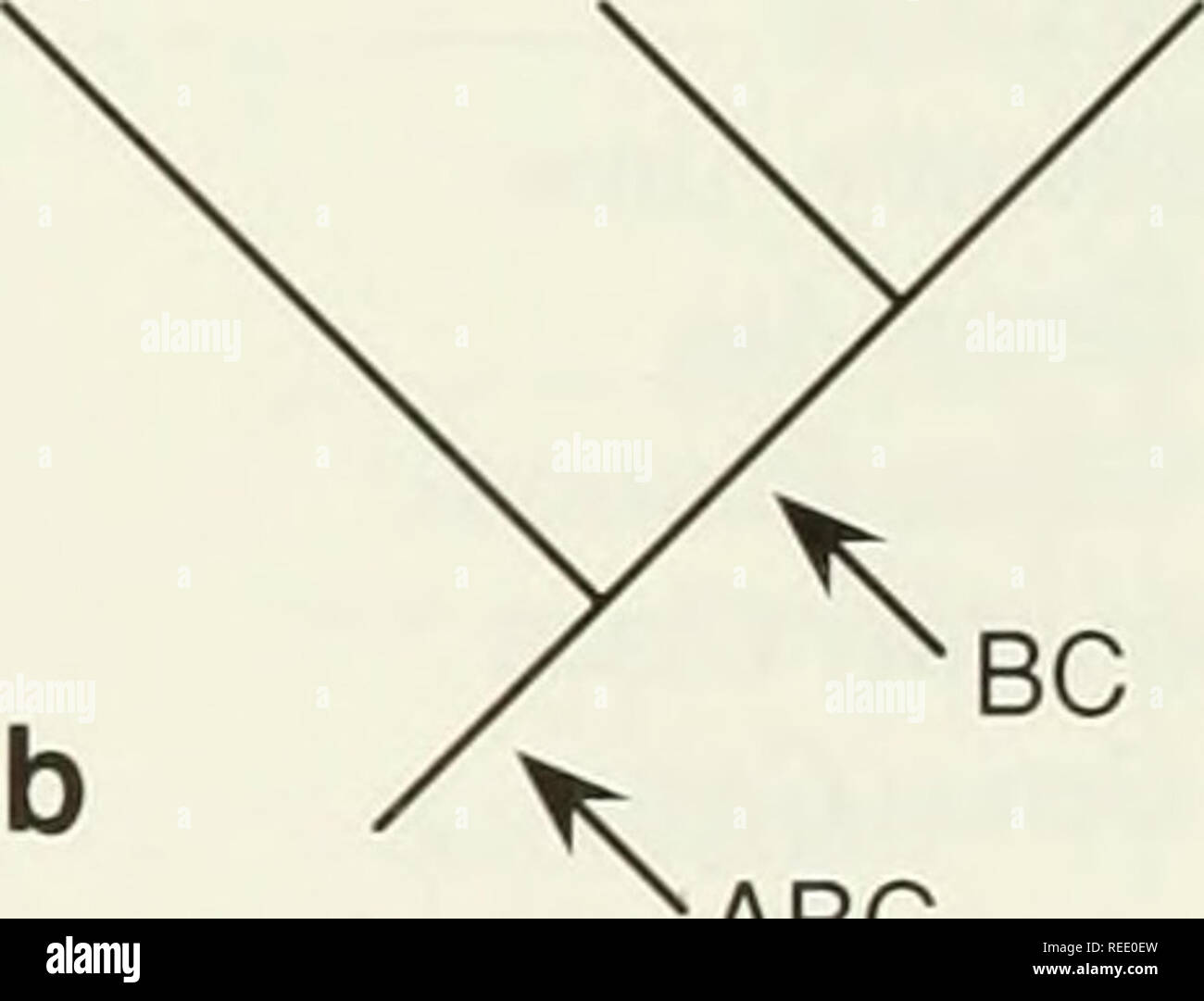



0 Response to "42 phylogenetic diagram used by cladists"
Post a Comment